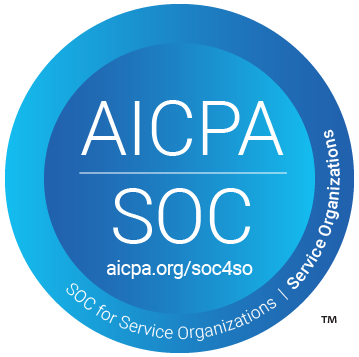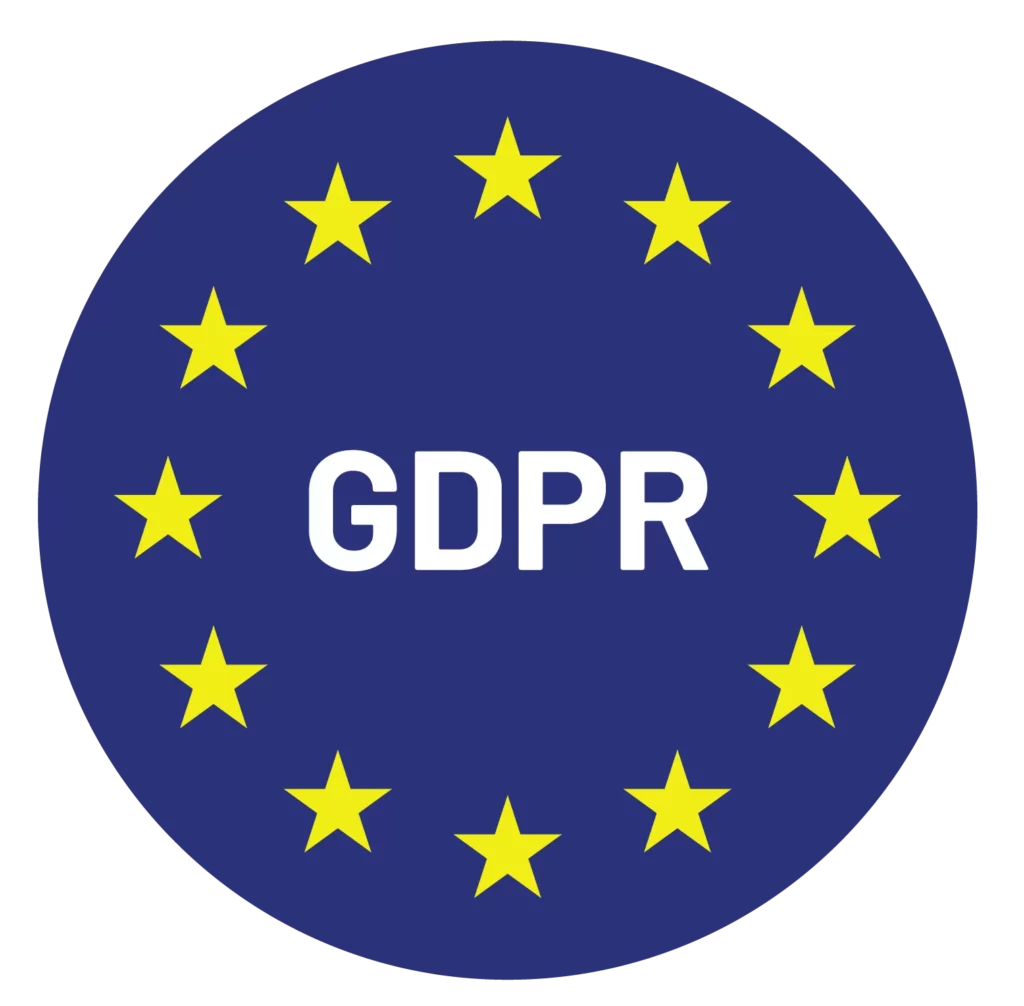Life coaching is a mutual partnership between a life coach and their client that is rooted in trust and understanding, where the final objective is to support & guide the client on the path of self-discovery and realization of their true capabilities.
But one-on-one life coaching can have its limitations for the life coach, especially one who is looking to scale up their business and is finding their calendar over-booked. The group life coaching model offers a viable alternative, whereby the coach can reach a larger number of clients who have a common objective at one time, thus increasing their earning potential.
Group life coaching can be beneficial to the client as well as they can connect with like-minded individuals, benefit from collective wisdom and experiences, and receive & give support to help find collective solutions to challenges.
Here’s your ultimate guide to group life coaching, its benefits, how it differs from individual life coaching, how to structure group life coaching sessions that produce definitive results, and more.
What Is Group Life Coaching?
The word group itself denotes an assembly or a gathering, so in basic terms group life coaching would mean coaching a group of individuals. But that would be a very simplistic and incomplete definition. So what is group coaching or group life coaching?
Group coaching or specifically group life coaching is more about creating a collective energy that enables self-discovery within a group of people with similar goals, resulting in action-based plans, bringing down walls between those individuals so that the group on the whole can have access to shared ideas, knowledge, passion and wisdom. But all this is done in a safe environment where the privacy of each individual is respected.
For the coach, group life coaching is about tapping into the relationship & interactions that happen not just between themselves and the client but also between the group of individuals being coached and the positive momentum it can generate to motivate people to work towards their individual goals.
Is team coaching the same as group life coaching? Not really, as team coaching involves a group of members, usually within the same organization, all being coached with a common organizational goal in mind. But with group life coaching, all the individuals have their own challenges to face and objectives to pursue even thought they might be tied into a common larger outlook and are a part of a collective coaching process.
Difference Between Group Life Coaching & Personal Life Coaching
It would be a natural, although incorrect, assumption that group life coaching is the same as one-on-one coaching, with the addition of some more people. Group life coaching sessions are about having a sense of kinship with a particular group of individuals using open communication, shared experiences that help individuals understand that they are not alone in facing certain issues and that their contemporaries may also be going through the same challenges, exchange of information in a secure environment, giving and receiving support that boosts morale, harnessing the energy of that group of individuals to accelerate action plans, accepting responsibility for implementing those plans and adhering to timelines to create the final desired outcomes.
Group life coaching is about the coach understanding what the clients need and what input is required from them. For instance, although some or even all members may be in a similar stage of their lives, it is essential to know that their individual journeys, goals, and obstacles are.
While conducting a group life coaching program, the coach needs to connect each member with other members in the program to foster a comfortable & exploratory learning space, deepen awareness around key issues so that a common, consistent actionable roadmap can be charted, and create accountability that can be set with a clear focus on goal attainment between all the group members involved.
Benefits of Group Life Coaching
Group life coaching continues to be a popular medium of coaching with coaches as well as clients. Ideally the upper limit of members for group life coaching sessions should be 15 in a single program. Many online group coaching programs prefer a smaller group size to ensure better all-round productivity.
Life coaches are constantly pushing the boundaries of group life coaching to include a wider range of topics from career changes/challenges, work-life balance, relationship bumps, health, etc.
Group life coaching offers many benefits to both the coach and the client in the group.
a. Benefits for the Coach
- Wider client reach, thus they can work with more than one client at a time
- Better utilization of time, skills, and resources
- Cost effective to run a group life coaching program
- A more reasonably priced option that helps increase client volume
- Substantially increases the earning potential for coach than in one-on-one coaching
- Variety of clients – coach can choose clients randomly or select a group of people in a particular segment with common interests & objectives
- Possibility of clients upgrading to personal coaching
b. Benefits for the Client
- The chance to benefit from the collective knowledge & energy of the group (the coach and peers)
- Open-minded approach towards giving and receiving support
- Opportunity to share problems in a safe environment with contemporaries who may be going through similar challenges
- More space and time to reflect & incorporate gained insights via the set coaching framework
- Brainstorm with their peers to come up with a collective solution for an individual problem
- Increased motivation and boost in positivity that can reflect in day-to-day activities
- Understanding and accepting responsibility for set tasks to achieve goals
- More affordable and accessible than one-on-one coaching, which are typically high-ticket services
Specific Goal-Oriented Group Life Coaching
As stated earlier, group life coaching can be for a random set of individuals or for those with similar backgrounds, pursuits and professions in order to address applicable concerns. The latter is known as specific goal-oriented group life coaching which is structured to cater to a group of individuals who come together based on a certain theme.
For instance, a bunch of senior IT executives may meet with a life coach to discuss how they can ensure a better work-life balance for their staff. This example of group life coaching is one where the entire gathering of people is from a similar professional setting and although they may have individual targets in their respective organizations, the collective aim for all is the same – to find a harmonious solution that gives fair importance to the professional & personal.
A specific goal-oriented life coach group sessions begin with the coach setting a strong process framework while the group contributes the subject matter. One individual can raise an issue with others following with their inputs, suggestions or queries.
During this interaction, a good life coach will always take on the role of observer and moderator, providing input only if the session starts to meander from the set objective. Life coach group sessions are about the coach encouraging the group towards finding solutions themselves while ensuring all members of the group are treated respectfully and given a fair chance to participate in the entire process.
For a life coach, special interest or niche group life coaching is a chance to tap into their own credentials & skills to widen their clientele in multiple areas. For example, a coach with a sports background can conduct group coaching structured around health & fitness, drawing from their own experiences to deliver a more impactful coaching process.
Online Group Life Coaching
The post-Covid coaching scene in general has largely shifted from in-person to virtual. Group coaching via online mediums such as Zoom, Skype and Google Meet eliminates geographical barriers (state, country, continents etc.) and diversifies the type of clients that a coach can include.
With online group coaching, participants can interact with other members whom they cannot meet in person. Many coaches and clients appreciate the ties that they form virtually with other participants, who may be several time zones and countries away.
Ideally the coach should start the session by acknowledging each participant, asking them to state their names and a small introduction (backgrounds, country (if applicable), professions etc.). As with in-person group life coaching, the coach needs to ensure that every member who is online, is heard and gets to provide their input without any impediments (language, accents etc.), pressure or hesitation.

Questions are the pillar of life coaching…
…And we have just the guide to help you master the art of questioning.
How to Structure Impactful Group Life Coaching Sessions?
Group life coaching can be a winning venture for both the coach as well as client, if done right. The role of the coach is essential in ensuring that the session is a success. Here are some important group coaching techniques to follow that will ensure successful group life coaching sessions:
1. Always begin with group introductions
One may think that introductions are a natural opening to any event, but there have been instances where the coach, either in excitement or nervousness, forgot to start with member introduction and plunged straight into the subject matter.
Introductions (name, background, interests etc.) are a great way to get everyone get acquainted with one another and help create a more approachable and friendlier setting. It is also a good way to gauge where each participant is at in their current situation and what they hope to achieve through the coaching process.
2. Establish the guidelines of the coaching process
The coach needs to be firm in setting the rules right at the outset. Let the participants know what is acceptable and what is not. For instance, emphasize that each and every viewpoint & input needs to be respected, that feedback will be welcome but in an appropriate manner, that bullying won’t be accepted or tolerated, that confidentiality of the information shared will be paramount, that punctuality for attending the sessions is a must, and other such aspects.
The life coach also needs to let members understand what they can expect from the coaching process, the purpose & duration of the coaching program, the session break-ups, exercises and tasks that participants can expect, etc.
3. Allow for bonding to happen between participants
In a group coaching scenario, it is quite possible that most participants may be strangers to each other. And even if the group consists of members who come from similar professions, participating in a coaching process can be intimidating for some.
Group life coaching is all about benefiting from combined wisdom, experiences, challenges and arriving at relevant solutions to attain individual goals, but in a collective fashion. For this process to happen, it is imperative that there is trust and bonding between participants where they can interact without any personal or professional barriers.
The life coach needs to factor this part in and allow time for members to feel comfortable in the company of others so that open, honest interaction can happen.
4. Give every member a chance
Group coaching can be effective only when each member participates in the process. In each group there will be the take-charge, talkative participants as well as reticent ones who may hesitate to give input. The coach needs to facilitate the session in such a manner that ensures all members get an equal chance to share their thoughts, state their issues, offer ideas on solving problems without the pressure of being talked over or ignored.
In case a participant has a deeper individual issue, don’t take it up in a group discussion but offer a private setup to deal with it.
5. Make sure to follow up post group coaching
As someone who wants to make a name for themselves as a great life coach, understand the importance of maintaining professional associations even after a coaching program is done. The program maybe be over but make sure the relations are not.
Not only is it courteous but makes a solid impression on a former participant when the coach gives them a call or emails or texts to find out how they are doing after their group coaching has ended. It says a lot about the coach as an individual and can help establish the coach as someone who truly cares about their clients beyond the paying services.
How Should You Charge for Group Life Coaching?
What to charge for a group life coaching program can cause the coach a dilemma. It depends on the duration, the type of clients that the coach wants to attract, group size, whether the package will include any individual coaching or other valuable add-ons, the existing market rates, etc.
When clients sign up for higher prices, they take it to mean that there will be extra engagement from the coach, which is understandable as a client will want to get their money’s worth.
Depending on the credentials of a coach, if they are highly experienced and in-demand, then they can charge approximately anywhere between INR 10,000 & INR 100,000 for an 8 or 12-week long program with sessions held weekly and lasting 60 minutes.
The unwritten rule for group coaching is to have a longer coaching program than a shorter one so that it gives the participants enough time and room to work out their issues, make action plans, implement those plans and finally start to see results.
So, if a coach is creating a program that is say three-month long, then having a subscription model, where clients pay monthly fees post the program, can be a good option to retain clients.
Another good option is to offer special rates for yearly packages to engage/motivate clients to sign on for a long-term basis. Having a yearly fee is beneficial for the coach where they can get the whole fee upfront, which helps with revenue generation. Also, now that the client has paid in full for a year, they will be more motivated and committed to make the coaching process work.
The cycle method has also been successful for coaches where they open up their group coaching program to new people every 6 weeks. The coach offers a really short or even a one-month program to clients. This ensures newer participants (good PR for the coach) and infuses fresh energy in the program.
Group life coaching is all about creating a collaborative environment for the group members and the coach. A good program will run successfully if the energy levels of the participants is high. So, as a life coach you must ensure that you include newer techniques, fun exercises, friendly competitions, extra webinars, and more to keep the group engaged.
It is this shared engagement and energy that can make all the difference in delivering a successful group life coaching program.
FAQs
1. How do I start a life coaching group?
Group coaching affords the coach a chance to connect with a larger number of clients compared to one-on-one coaching to vastly increase their earning potential. Here are some important tips to consider while starting a life coaching group:
- Study the market in-depth to know your target clientele
- Know your competition to offer better, unique services
- Focus on niche, goal-oriented group coaching
- Be clear and precise while outlining your program and its contents
- Select a comprehensive but user-friendly online platform
- Make sure to include bonus features in the program to attract clients
About Simply.Coach
Simply.Coach is an enterprise-grade coaching software designed to be used by individual coaches and coaching businesses. Trusted by ICF-accredited and EMCC-credentialed coaches worldwide, Simply.Coach is on a mission to elevate the experience and process of coaching with technology-led tools and solutions.
Read More:
Top Life Coaching Tools You Need
How to Start a Life Coaching Business: The Ultimate Guide
Life Coaching Resources to Help Coaches Grow Their Skills & Practice
What is Life Coaching & How Does It Work?
What Problems Does a Life Coach Help Solve?
Exploring The Anatomy of a Life Coaching Session
Life Coaching Techniques & Skills Every Coach Should Know
Understanding the Difference Between a Health and Life Coach

Writer
An avid reader with love for books on history, sci-fi and popular fiction, Pallavi is a gifted content writer. She is also a keen listener of Indian semi & classical music. Currently, she juggles her duties of being a full-time mom with part-time content writing.









